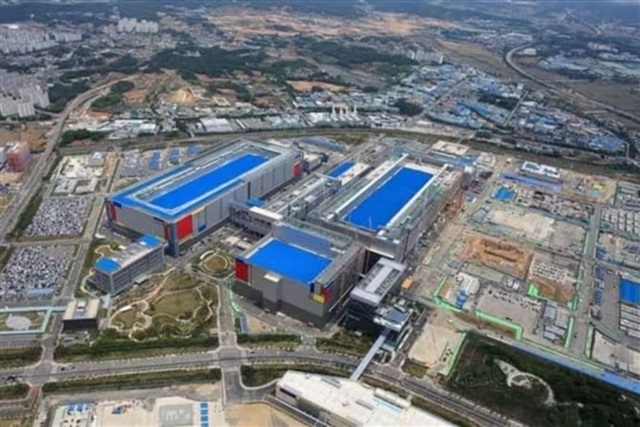![]() SIA-State-of-the-Industry-Report-2025.pdf
SIA-State-of-the-Industry-Report-2025.pdf
The Semiconductor Industry Association (SIA) released its annual State of the U.S. Semiconductor Industry report today. This report provides a snapshot of where the industry stands in 2025: the progress underway, the challenges and opportunities ahead, and the stakes of getting it right.
In 2024, global semiconductor industry sales hit $630.5 billion, beating initial forecasts and topping $600 billion in annual sales for the first time. Estimates from the World Semiconductor Trade Statistics (WSTS) project that worldwide semiconductor industry sales will increase to $701 billion in 2025, marking growth of 11.2% compared to 2024. Rising demand from cutting-edge applications like AI, 5/6G communications, autonomous vehicles, and more has prompted industry to significantly increase global production capacity.
Following more than 30 years of decline in the U.S. share of global chip manufacturing capacity, the semiconductor industry is re-industrializing America through massive domestic investments. Crucial chip manufacturing incentives, initiated in 2020 during President Trump’s first term, are accelerating efforts—and delivering results. As of July 2025, companies in the semiconductor ecosystem have announced more than over half-a-trillion dollars in private-sector investments to revitalize the U.S. chip ecosystem, setting in motion a projected tripling of U.S. chipmaking capacity by 2032. These projects are projected to create and support over 500,000 American jobs – 68,000 facility jobs in the semiconductor ecosystem, 122,000 construction jobs, and over 320,000 additional jobs supported throughout the U.S. economy.
Overseas governments also remained active in the chip race throughout 2024, providing hundreds of billions of dollars in financial incentives and a range of other support efforts to strengthen their domestic semiconductor ecosystems. This push to capture segments of the world’s semiconductor ecosystem is a global acknowledgement that semiconductors are integral to our shared future.
During this period of global competition, sound government policies are more important than ever to support the growth and innovation of the U.S. semiconductor industry. Policy decisions in Washington and abroad are reshaping the global landscape. Continued U.S. leadership in this sector depends on advancing smart tax, research, and workforce policies and crafting trade and national security measures that achieve their goals without hindering innovation. The choices made today will shape the industry’s future, and America’s position in the global value chain.
During this time of opportunity, the semiconductor industry remains committed to working with governments to bolster supply chains, achieve market access, and drive innovation. Semiconductors will continue to serve as the foundation for global innovation, and our industry stands ready to continue powering the technologies of today and tomorrow.
Stay up to date with the latest in industry offers by subscribing us. Our newsletter is your key to receiving expert tips.

Samsung Electronics is transforming its Pyeongtaek Campus Line 4 (P4) in South Korea into a manufacturing base focusing on HBM4 production. Analysts indicate that Samsung is increasing the proportion

Samsung scores another major foundry victory, expanding its roster of high-profile clients on advanced nodes. After Tesla selected the company in July to produce its AI6 processor under a $16.5 billio

Texas Instruments, a leading analog IC maker, has released its Q3 2025 results, with its cautious Q4 outlook sparking concerns over the broader semiconductor market. According to Reuters, the company